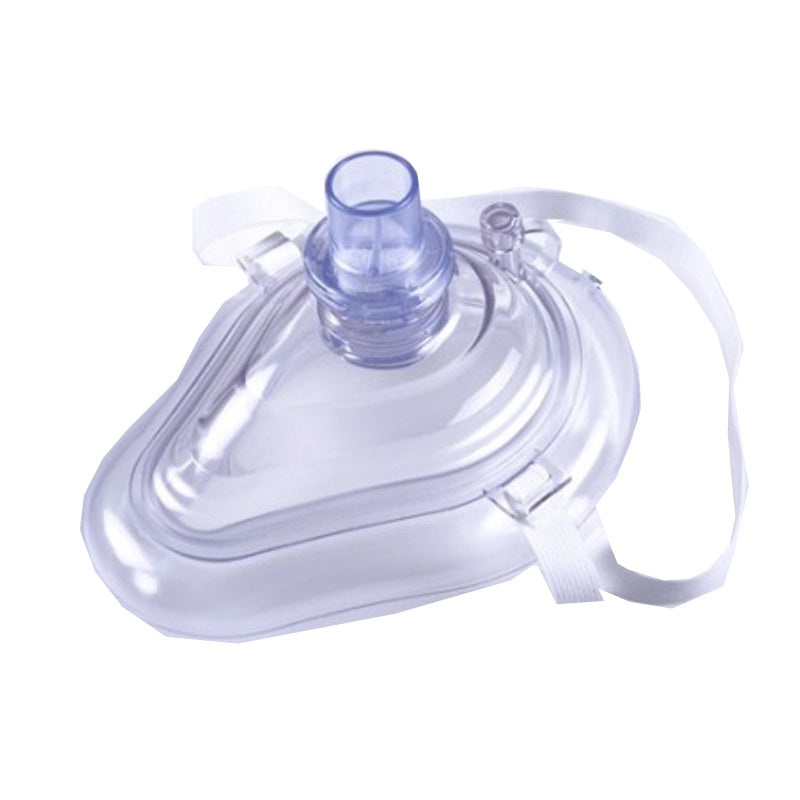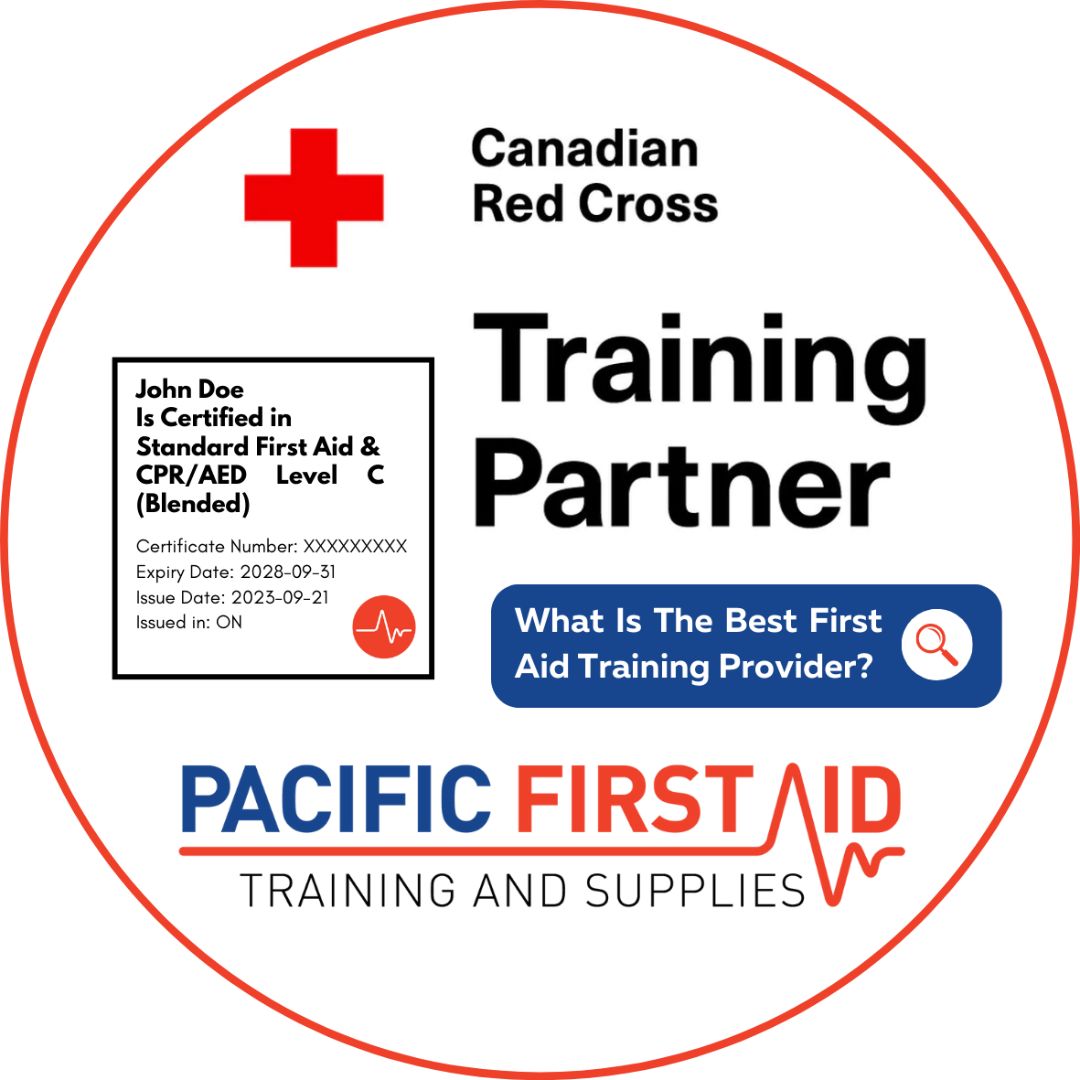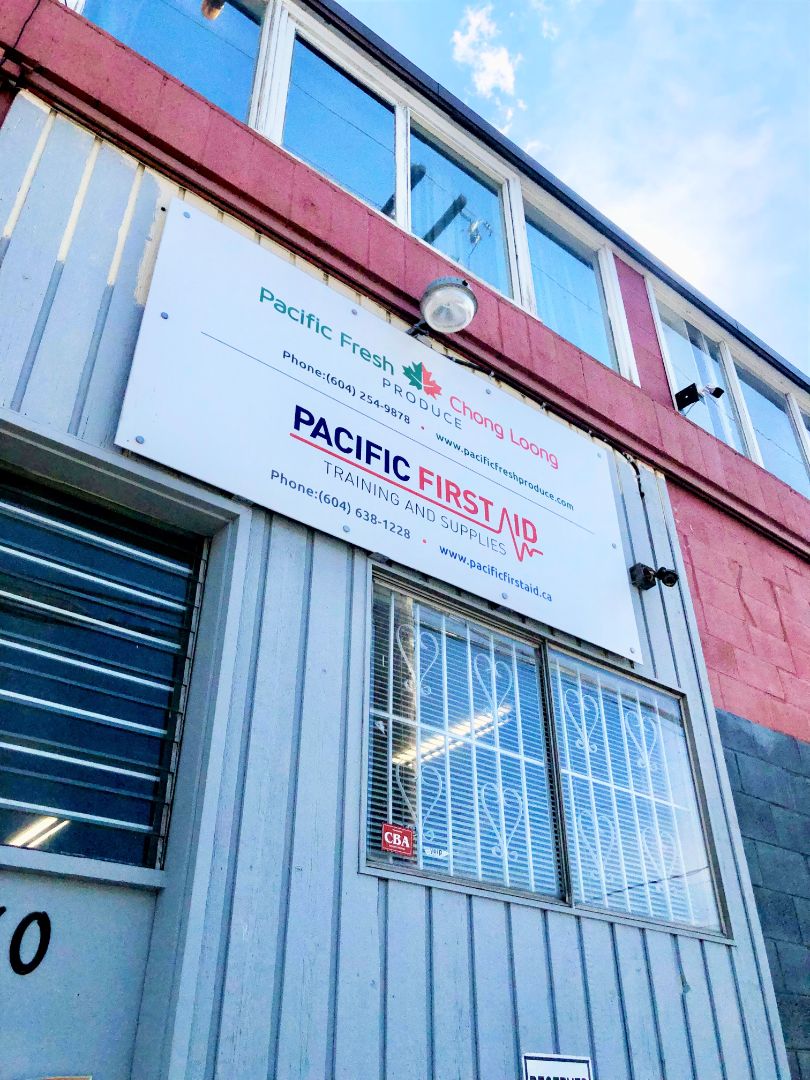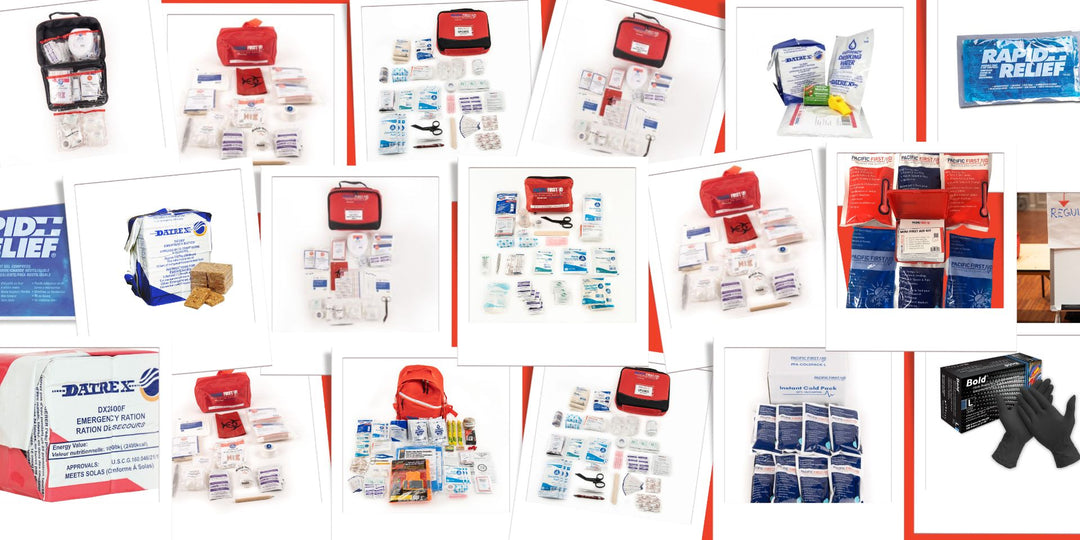
Why Does First Aid Training Change?
Photo Credit: Michael Jin
A very common question among first aid students is why does the course change so often. When it comes to all things first aid, the ILCOR, otherwise known as the International Liaison Committee on Resuscitation, does a scientific review of the process every 5 years. When there are updates, it’s the ILCOR’s job to have all organizations update their first aid certification courses.
What are the objectives of the ILCOR?
- They provide a forum for discussion and coordination for all the aspects of CPR and first aid training
- Perform scientific research in areas of resuscitation, first aid techniques and AED training
- Collect, review and share international scientific data on CPR and first aid training to organizations including the American Heart Association, Heart and Stroke Foundation of Canada, European Resuscitation Council and many more
- Produce statements on specific issues regarding first aid and how things can be improved
Both the Red Cross and Heart and Stroke Foundations contribute to the first aid research and review process in Canada.
Below are a few changes that have occurred in the past 5 years:
- The opioid crisis: In recent years, there have been more conversations and training surrounding the opioid crisis. First aid teachers are training students to recognize opioid overdoses and how to administer naloxone.
- Deeper and faster CPR compressions: In previous first aid classes, students were taught to perform chest compressions at a rate of 100 compressions per minute (at least). Now, the goal is up to 120 compressions. Ideally, first aid students want to reach 30 chest compressions in 15 seconds.
- Hypoglycemia: Originally, when students learned about hypoglycemia, also known as low blood sugar, they were taught how to recognize the symptoms and how to respond. A few symptoms include clumsiness, shaking, confusion and in more serious cases, seizures and death. First aid students were told to give someone sweets if they’re displaying any of the above. Now, research has shown that glucose tablets are better than any sugary food and are important to include in first aid kits.
- Cell phones as a life saving device: It’s almost impossible to meet anyone who doesn’t own a smartphone. The use of cell phones is integrated and highly encouraged as first aiders can call 911, talk directly to a dispatcher, get instructions on how to handle
emergencies and send their exact location. In 2017, paramedics in British Columbia responded to 7,101 cardiac arrests. If you don’t have formal CPR and AED training, the best thing you can do as a bystander is call 911.
For anyone certified in first aid training, it’s important to update your skills and take a recertification course. At Pacific First Aid, we teach our students relevant and up-to-date information on all things first aid, CPR and AED training. The ILCOR’s main goal is keeping the public safe and informing organizations when processes have changed. Taking a first aid certification course isn’t so bad the second time around!






